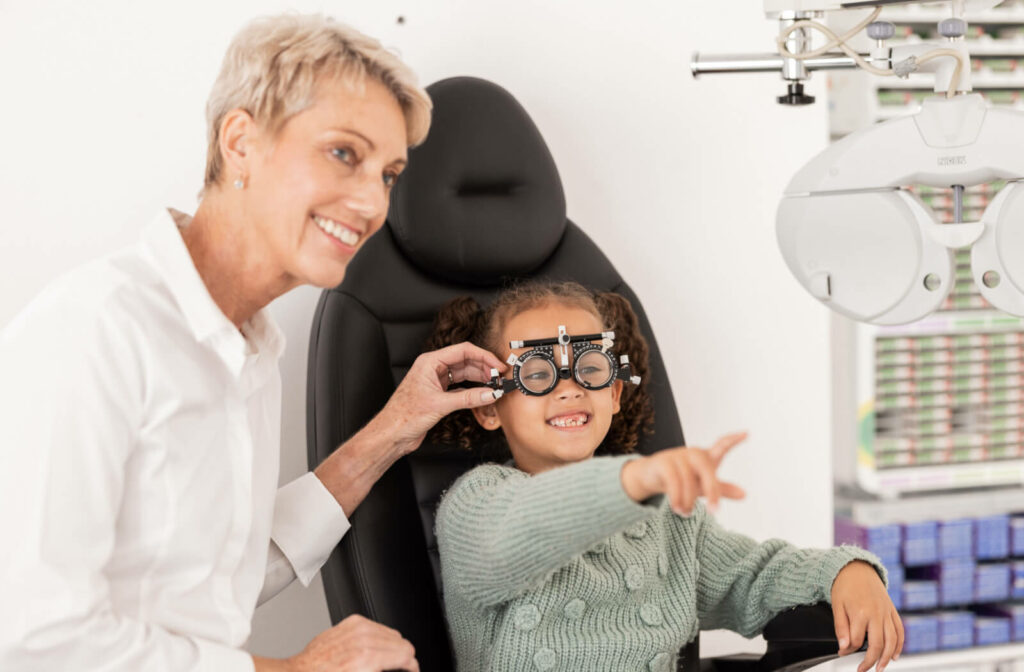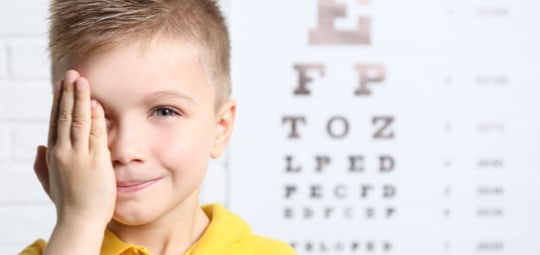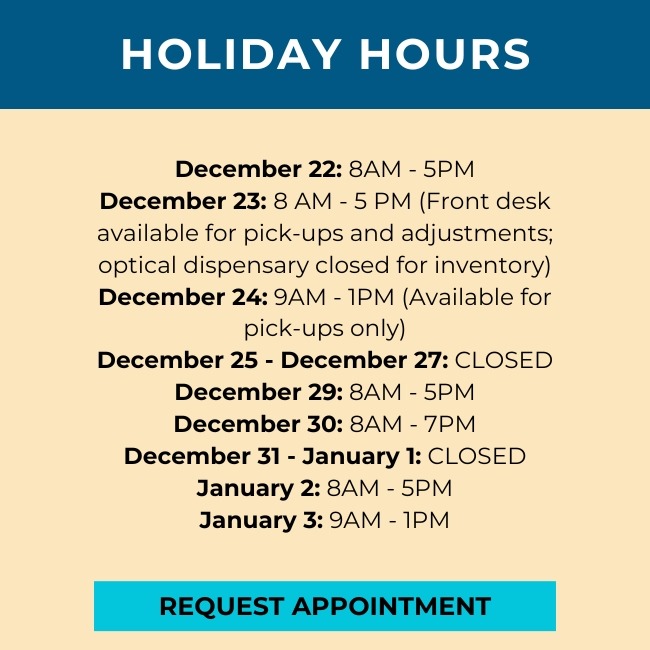Eye exams are essential for maintaining long-term vision and detecting early signs of serious health conditions. They not only help identify refractive errors like nearsightedness or astigmatism, but also reveal underlying health issues that might otherwise go unnoticed—such as high blood pressure, diabetes, or even brain tumours.
But it’s also important to know what you can expect to pay for these services. In Ontario, some residents qualify for publicly funded eye exams through the Ontario Health Insurance Plan (OHIP), but coverage depends on age and specific medical needs. Understanding who qualifies and what’s included under OHIP can help you make informed decisions about your eye care.
What Is OHIP?
OHIP, or the Ontario Health Insurance Plan, is the provincial health insurance program that provides access to a range of medical services for eligible Ontario residents. Once you’re approved, your Ontario Health Card allows you to receive covered services without paying out of pocket.
However, OHIP’s coverage for vision care is more limited compared to general medical services. While doctor visits and hospital care are typically covered, routine vision care—especially for adults under 65—is only insured under specific circumstances.
What Does OHIP Cover for Eye Care?
OHIP does cover eye exams—but not for everyone. Coverage depends on your age, medical status, and whether you have certain health conditions that increase your risk of vision loss.
Here’s a breakdown of current OHIP-covered vision services:
Covered by OHIP
- Children 0–19 years old: 1 eye exam per year, plus minor assessments.
- Seniors 65+ with eligible eye conditions: 1 eye exam every 12 months + 2 follow-up assessments.
- Seniors 65+ without eligible conditions: 1 eye exam every 18 months + 2 follow-ups.
- Adults 20–64 with qualifying medical conditions: 1 exam per year + up to 2 follow-up appointments.
Not Covered by OHIP
- Adults aged 20–64 without qualifying medical conditions must pay out of pocket or use private insurance.
You’ll also qualify for additional eye care if you are part of the Ontario Disability Support Program or Ontario Works.
Qualifying Medical Conditions (Ages 20-64)
Adults between 20 and 64 are typically excluded from routine OHIP coverage unless they have one or more of the following conditions:
- Diabetes mellitus
- Glaucoma
- Clinically significant cataracts
- Retinal disease (e.g., macular degeneration)
- Visual field defects
- Corneal disease (including infections or trauma)
- Strabismus (sudden-onset crossing of the eyes in adults)
- Recurrent uveitis (inflammation inside the eye)
- Optic nerve or optic pathway disease
In these cases, OHIP will fund a comprehensive eye exam and up to 2 follow-up assessments to help monitor and manage your condition.
Additional Eye Care Services Covered by OHIP
In addition to routine eye exams for eligible age groups, OHIP also provides coverage for certain conditions and diagnostic needs. These include:
- Diabetes: People with diabetes are eligible for insured eye exams, which optometrists can assess and verify.
- Uveitis: Active cases of eye inflammation (uveitis) are eligible for insured exams.
- Retinal, corneal, & optic nerve conditions: Coverage applies to active conditions involving the retina, cornea, or optic pathways.
- Visual field assessments: These tests are covered when medically necessary or required for ocular drug toxicity screening.
- Medication monitoring: Patients taking certain medications, such as Plaquenil (hydroxychloroquine), are covered annually. This applies to both patients aged 20–64 and seniors 65 and over.

Why Are Eye Exams So Important?
You might think you don’t need an eye exam if your vision seems fine—but many serious eye diseases don’t show symptoms in early stages. Regular eye exams allow your optometrist to detect conditions like:
- Glaucoma
- Diabetic retinopathy
- Macular degeneration
- Cataracts
- Retinal detachment
- Dry eye disease
- Even certain cancers
Your optometrist will also assess your visual acuity, eye muscle coordination, and overall eye health, using specialized tools and diagnostic technology.
Don’t Have OHIP Coverage? Here Are Your Options
If you’re not eligible for OHIP-covered eye exams, you still have alternatives:
- Employer health benefits
- Private insurance plans
- Ontario Disability Support Program (ODSP)
- Ontario Works
- Out-of-pocket payment—many optometry clinics offer affordable pricing
Book Your Next Eye Exam with Us
At Stoney Creek Optometry, we offer competitive rates—lower than the Ontario Association of Optometrists’ fee guide—and work with many insurance providers to make eye care accessible.
Whether or not OHIP covers your visit, routine eye exams are an essential part of staying healthy. Don’t wait until you notice a problem—early detection is key to protecting your vision.
Call us today to request an appointment if you’re due for your next exam, and let our experienced team help guide you through your insurance and coverage options.






















